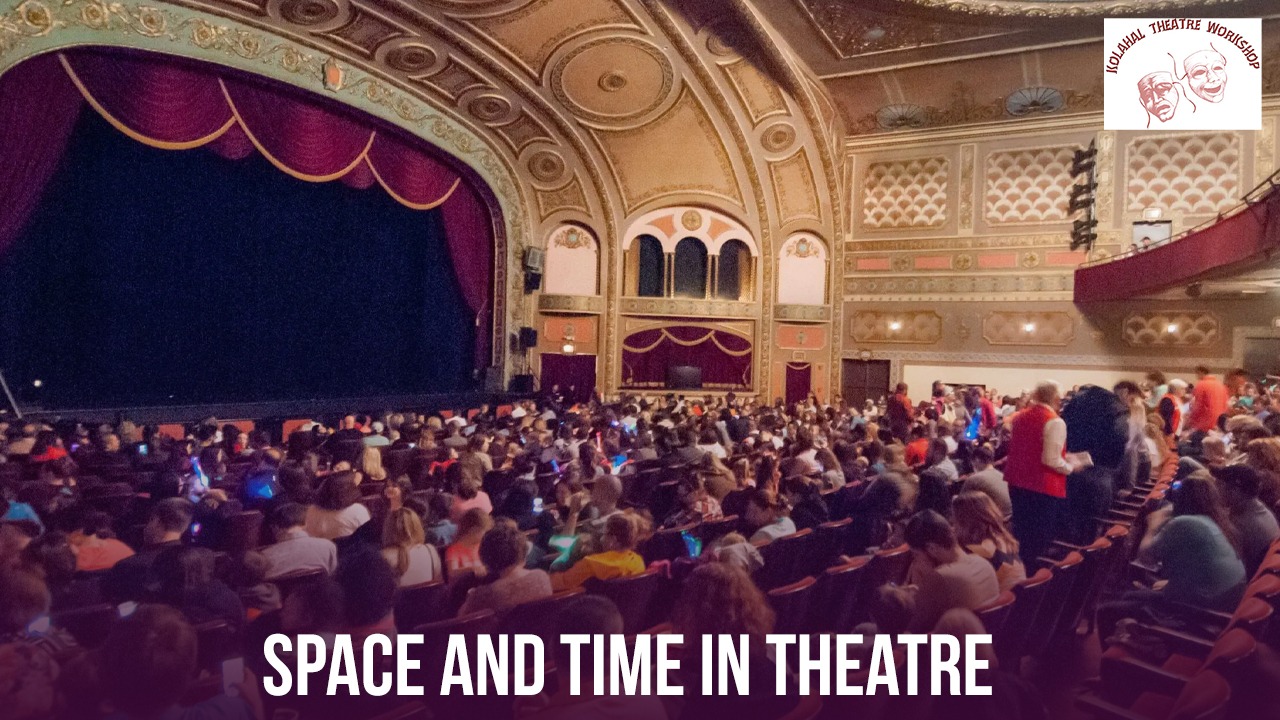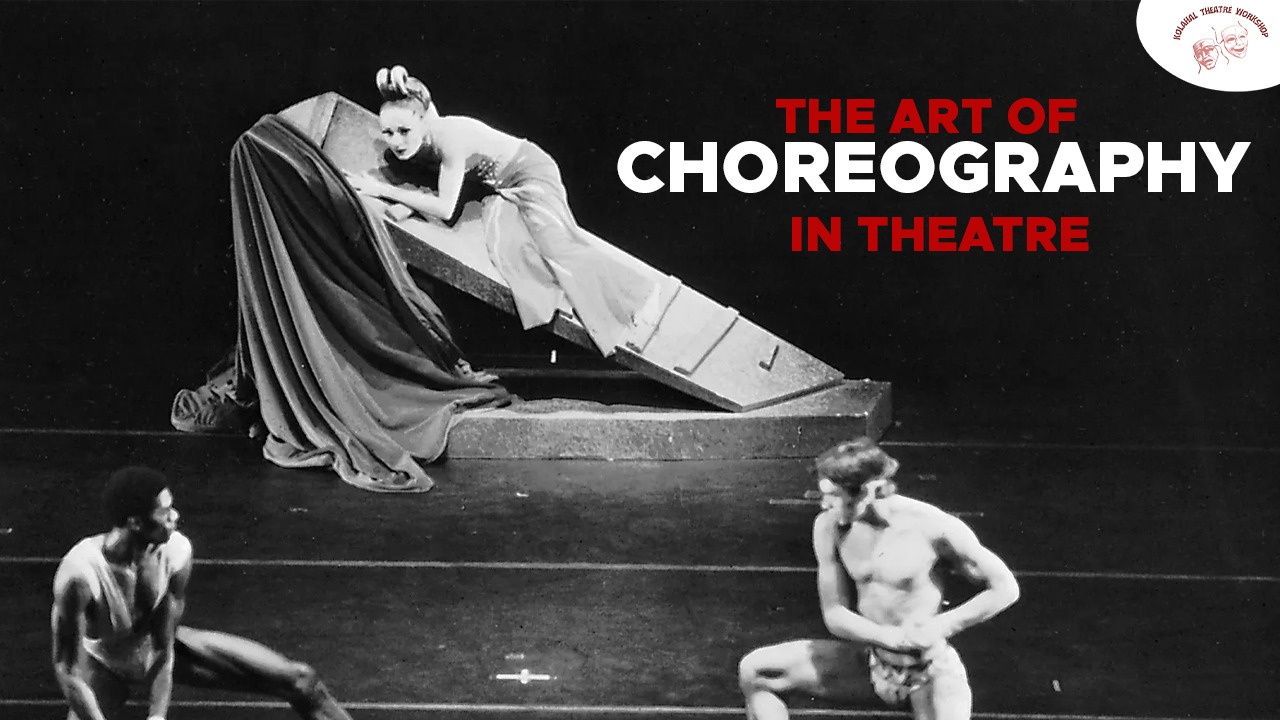Theatre and Copyright Law: Navigating Creative Expression
INTRODUCTION:
Theatre has always been a vibrant and evolving form of artistic expression, but in today’s digital age, the intersection of theatre and copyright law has become increasingly complex. Copyright law plays a crucial role in protecting the rights of creators while also balancing the public’s interest in accessing and enjoying creative works. Understanding how copyright law applies to theatre is essential for playwrights, directors, actors, and other professionals in the industry.
FUNDAMENTAL ASPECTS OF COPYRIGHT LAW:
One of the fundamental aspects of copyright law as it relates to theatre is the protection of original works. Playwrights create scripts that are considered literary works and are automatically protected by copyright as soon as they are fixed in a tangible form, such as writing them down or typing them out. This protection gives playwrights the exclusive right to reproduce, distribute, perform, and display their works.
For theatre productions, securing the rights to perform a play is crucial. This involves obtaining permission from the copyright holder, which is often the playwright or their designated agent. The rights granted can vary widely, from a single performance to a run of multiple shows, and may include specific terms regarding venue, audience size, and promotional materials.
Directors and designers also play a role in navigating copyright law within theatre. While the script itself is protected, other elements such as stage directions, set designs, and choreography may have separate copyright considerations. Collaboration among creative team members often involves discussions about how these elements can be used while respecting intellectual property rights.
In addition to protecting creators’ rights, copyright law also fosters creativity and innovation. The concept of fair use allows for the limited use of copyrighted material for purposes such as criticism, commentary, parody, and education. In theatre, this can include incorporating excerpts from existing works into a new production for transformative purposes or creating original works that reference or respond to copyrighted material.
COPYRIGHT LAW IN THE DIGITAL AGE:
Digital technologies have introduced new challenges and opportunities for theatre and copyright law. Live streaming performances, distributing scripts electronically, and sharing promotional materials online require careful consideration of copyright implications. Licensing agreements and digital rights management strategies are essential tools for managing these issues and ensuring compliance with copyright law.
Copyright infringement is a serious concern in the theatre world, and both creators and producers must be vigilant in protecting their rights. Unauthorized performances, adaptations, or use of copyrighted material can lead to legal disputes and financial consequences. Educating artists and theatre professionals about copyright law and best practices for obtaining rights is essential for maintaining a thriving and ethical creative ecosystem.
CONCLUSION:
In conclusion, theatre and copyright law are intertwined in a dynamic relationship that shapes the creation, production, and dissemination of theatrical works. By understanding and respecting copyright principles, theatre practitioners can continue to push boundaries, tell compelling stories, and engage audiences while upholding the rights of creators and the integrity of the creative process.




